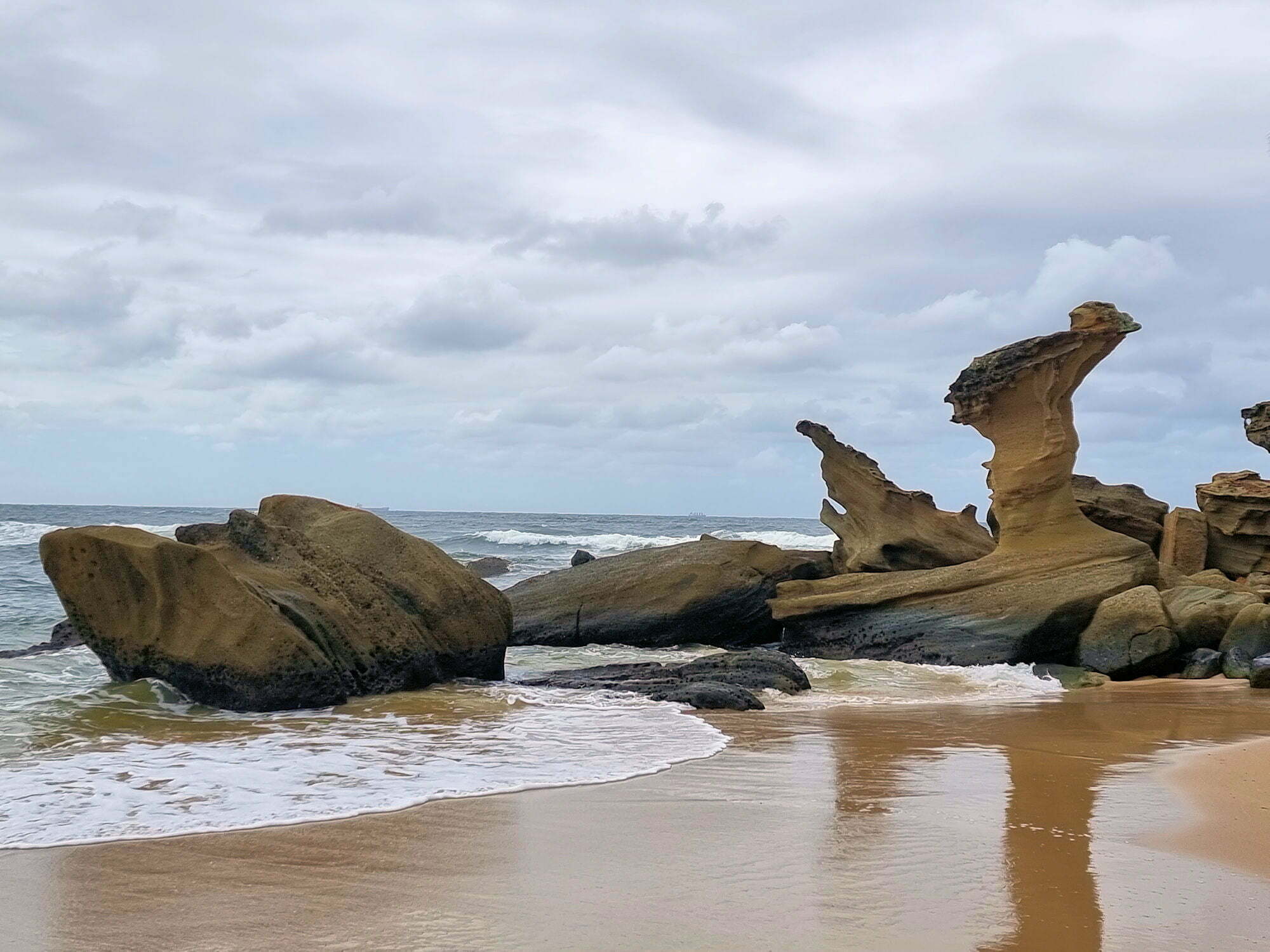Category: Science
-
Kanning Walk Kincumber Australia

Kanning Walk Kincumber Australia Located near Kincumber on the New South Wales Central Coast, Kanning Walk is a 1.2 km track as well as a cave and beautiful scenic Australian bush to enjoy. We parked near the “mud brick building“, which is also marked as a kiosk. Unfortunately, it is closed, so any thought of… Read more
-
Sugarloaf Point Lighthouse Seal Rocks

Sugarloaf Point Lighthouse Seal Rocks Besides amazing beaches, Seal Rocks has a lighthouse at Sugarloaf Point overlooking the ocean and more beaches. Sugarloaf Point Lighthouse stands on a headland east of Seal Rocks village. Designed by colonial architect James Barnet as his first lighthouse, it was completed in 1875. It is one of only two… Read more
-
Hargraves Beach Rock Sculptures

Hargraves Beach Rock Sculptures Central Coast New South Wales Australia These wonderful rock sculptures are on Hargraves Beach on the New South Wales Central Coast north of Sydney. Formed over thousands of years by wind rain and the sea, they have formed some amazing shapes. The largest one originally had a larger top, but too… Read more